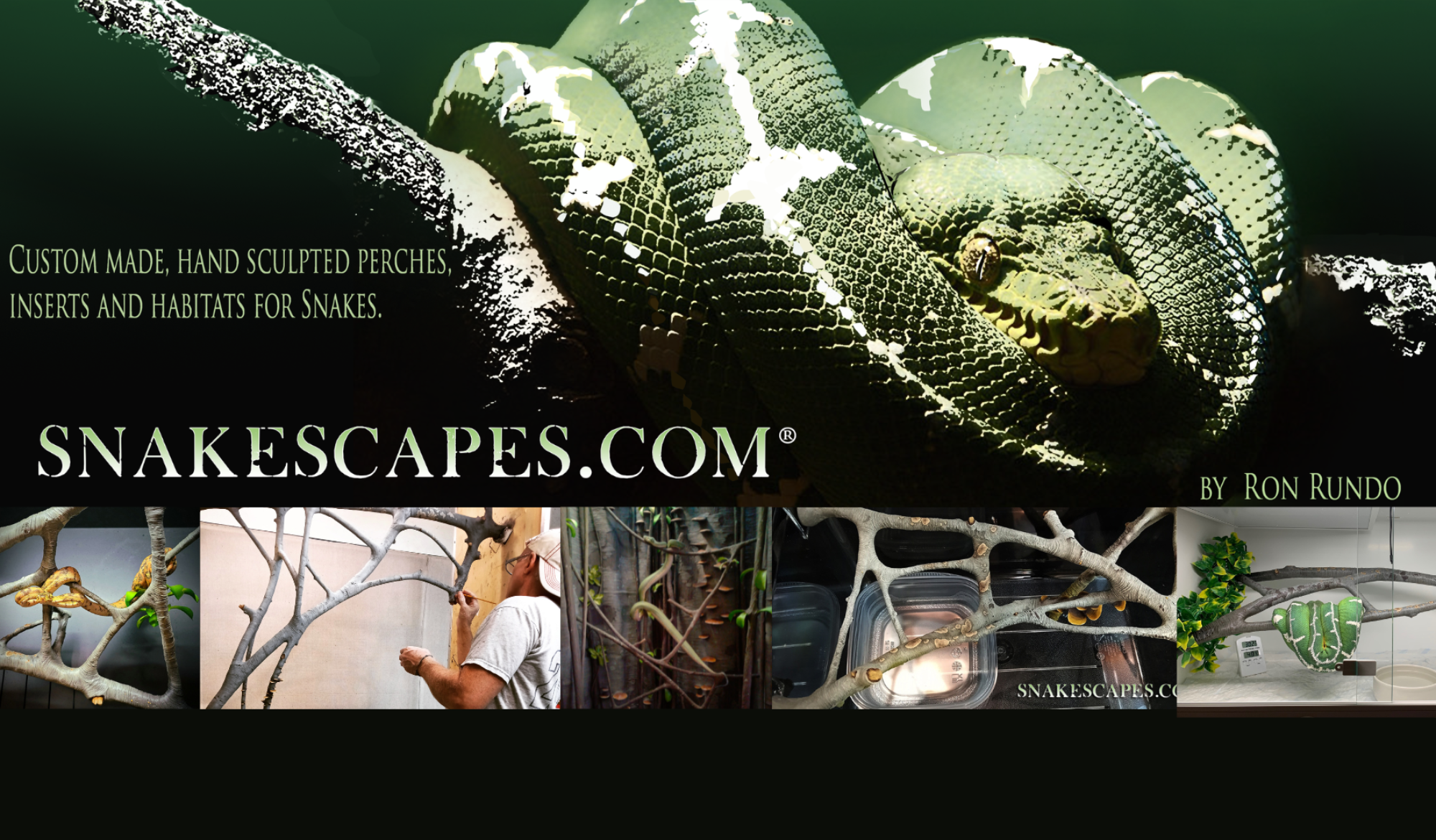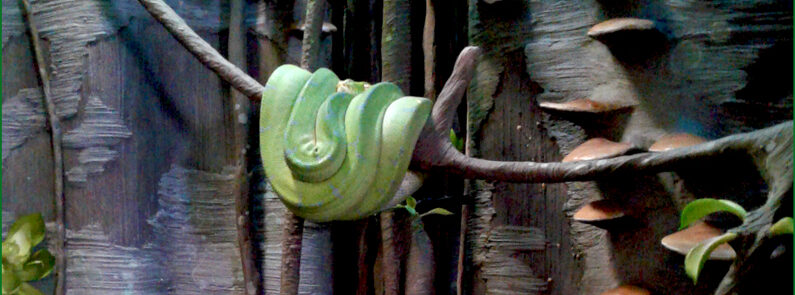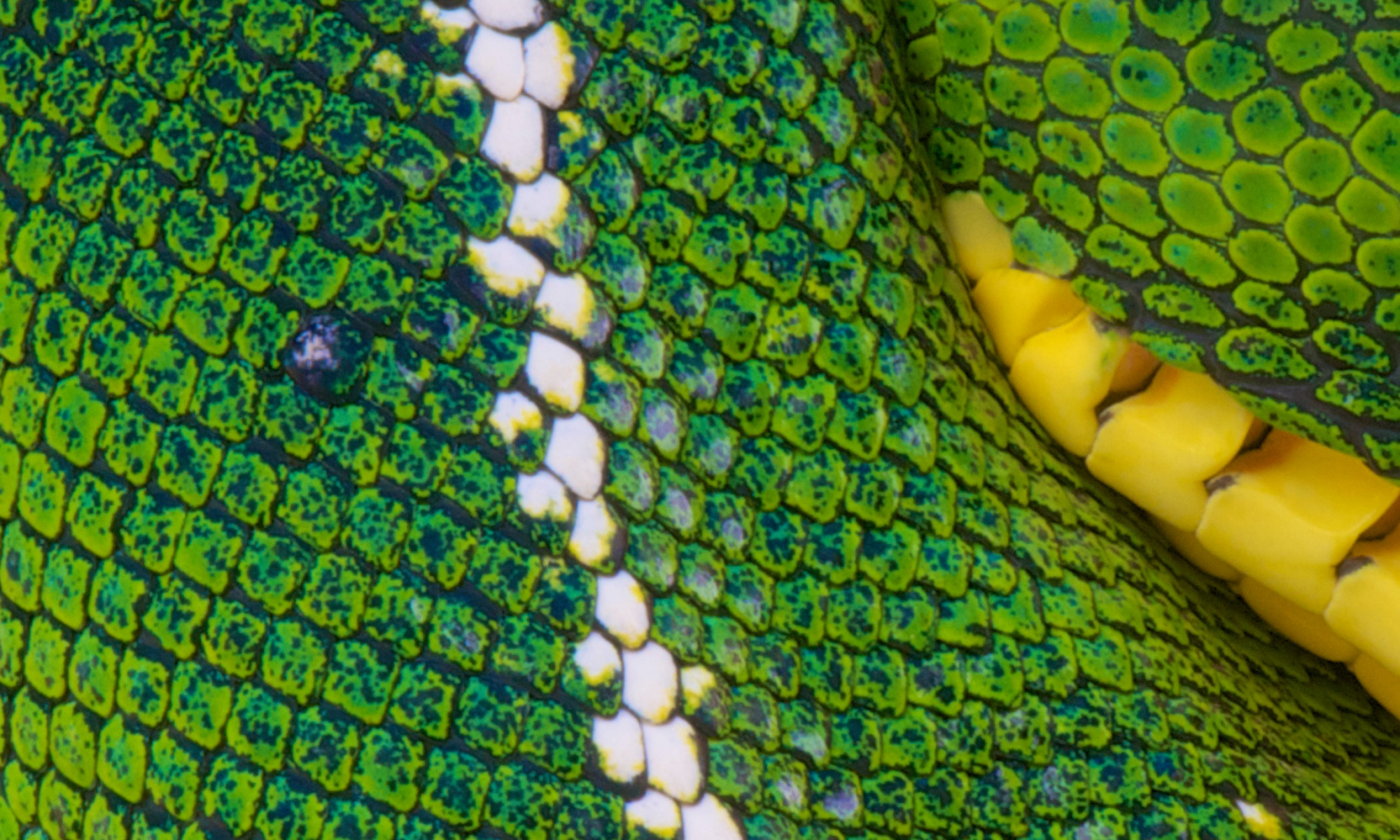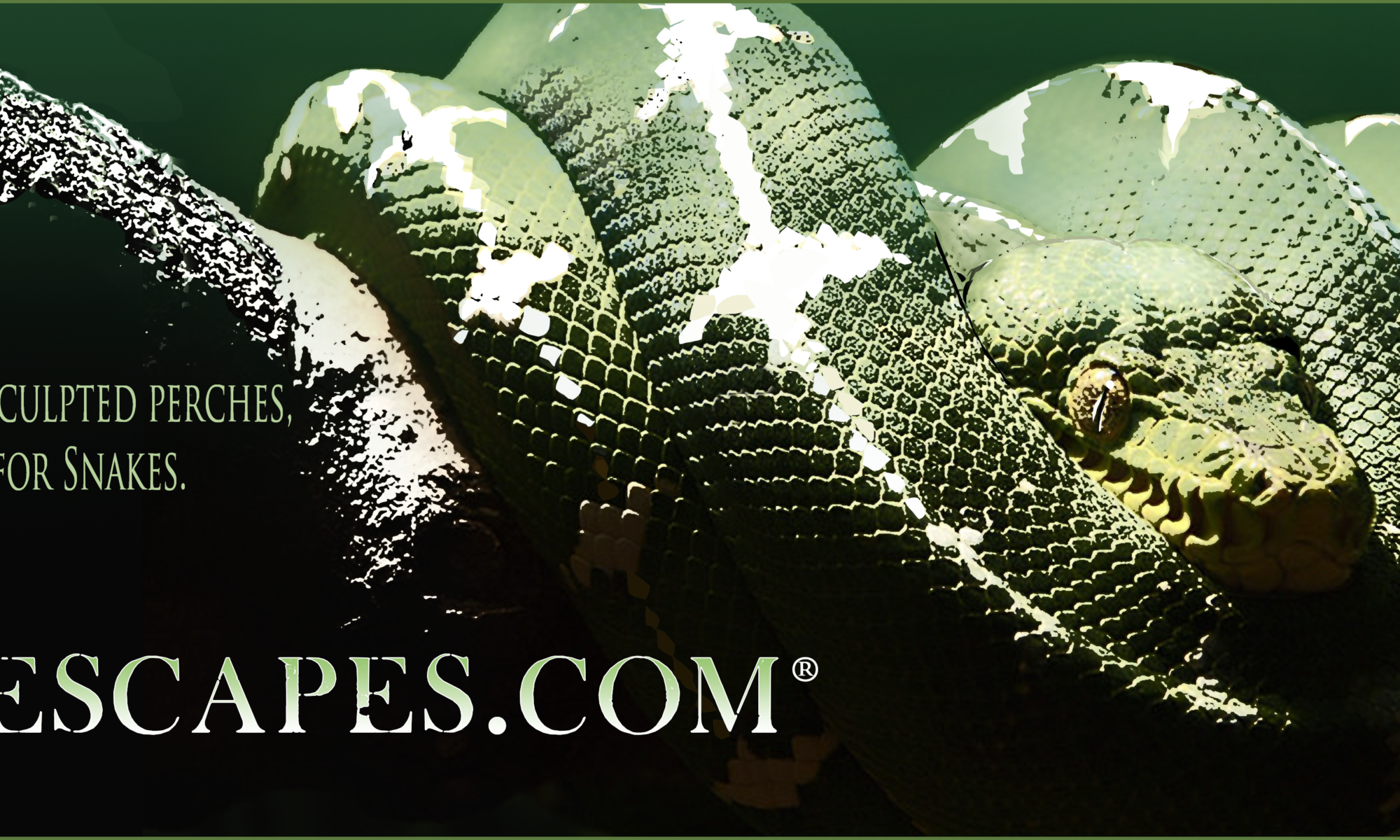Welcome to a captivating journey behind the scenes of reptile zoos, where artistry and science converge to craft museum-quality snake exhibits that leave visitors in awe. In this exclusive exploration, we unveil the secrets, techniques, and passion that transform enclosures into immersive experiences. Join us as we gain valuable insights from the experts, discovering the meticulous process of creating snake exhibits that educate, inspire, and instill a deep appreciation for these magnificent creatures.
The Art of Designing Authentic Habitats:
Reptile zoo experts understand the significance of authenticity. Step into the world of exhibit design, where every detail matters. Learn how these experts meticulously replicate natural habitats, from the texture of the substrate to the angle of the branches, ensuring that the snake inhabitants feel at home and visitors are transported into the heart of the wilderness.
Incorporating Educational Elements:
Snake exhibits are more than just displays; they are educational tools that foster understanding and respect for these often-misunderstood creatures. Reptile zoo experts reveal their innovative approaches to integrating interactive elements, informational signage, and multimedia displays. Discover how these elements enhance the visitor experience, providing in-depth knowledge about snake behavior, ecology, and conservation.
Enrichment and Behavioral Considerations:
Snake exhibits go beyond aesthetics; they prioritize the well-being and natural behaviors of the inhabitants. Explore the world of enrichment activities designed to stimulate the physical and mental faculties of the snakes. From carefully curated hiding spots to engaging feeding strategies, delve into the methods that ensure the snakes are not just seen but truly thrive within their enclosures.
Conservation Messaging and Advocacy:
Reptile zoo exhibits serve as powerful platforms for conservation advocacy. Learn from experts how these exhibits raise awareness about endangered snake species, habitat destruction, and the importance of biodiversity. Discover the role of conservation messaging in inspiring visitors to take action, supporting initiatives that protect snakes and their habitats worldwide.
Behind-the-Scenes Care and Expertise:
Creating museum-quality snake exhibits demands a team of dedicated professionals. Gain insights into the daily care routines, veterinary support, and ongoing research that ensure the well-being of the snakes. Understand the role of herpetologists, curators, and caretakers in maintaining a thriving, healthy snake population within the exhibits.
Visiting and Supporting Reptile Zoos:
Ready to witness these extraordinary exhibits in person? Explore renowned reptile zoos around the world, from the iconic to the hidden gems. Plan your visit and contribute to the vital conservation work undertaken by these institutions. Discover how your support directly impacts snake conservation efforts and helps fund research, education, and habitat preservation initiatives.
In conclusion, “Creating Museum-Quality Snake Exhibits: Insights from Reptile Zoo Experts” offers a rare glimpse into the dedication, creativity, and expertise behind the mesmerizing snake exhibits that captivate audiences of all ages. By understanding the meticulous process and passionate commitment of these experts, we can embrace a deeper respect for snakes, appreciating their vital roles in nature and the importance of conserving their habitats for generations to come. Join us on this enlightening expedition and witness the magic of museum-quality snake exhibits, where education meets inspiration, and conservation becomes a shared responsibility.



